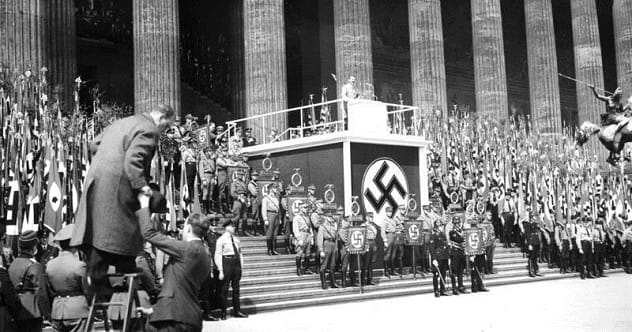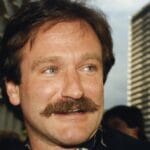When we picture World War II’s Nazi regime, infamous political leaders often come to mind. Yet, behind their destructive ambitions was a legion of brilliant, and often morally compromised, engineers and scientists. These individuals were the true architects of the Nazi war machine, developing technologies that allowed Hitler’s forces to wreak havoc across continents. Let’s delve into the stories of 10 such figures whose work profoundly shaped the conflict.
10 Minds Forging the Nazi War Machine: Engineers and Scientists
1. Ferdinand Porsche
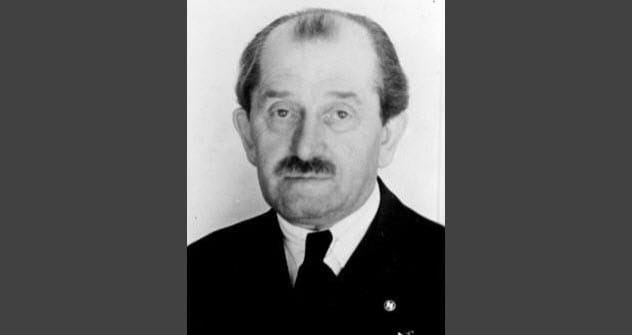
Ferdinand Porsche’s name is instantly recognizable today due to the luxury sports cars that bear his name. However, his engineering skills were also enthusiastically applied to the Nazi cause. He was the mind behind the Volkswagen Beetle, envisioned by Hitler as the “people’s car.” While Porsche’s complex design for the Tiger tank was ultimately not selected for the main battle tank, his chassis design found use in the formidable “Elephant” tank destroyer. An inventor at heart, Porsche had previously designed military equipment during World War I. His prowess was such that Stalin even tried to recruit him in 1932. Porsche also developed the Kubelwagen, a military vehicle derived from his Beetle design, which became Germany’s answer to the American Jeep, with 55,000 produced. After the war, he served time in a French prison before co-founding the Porsche sports car company with his son in 1950.
2. Kurt Tank
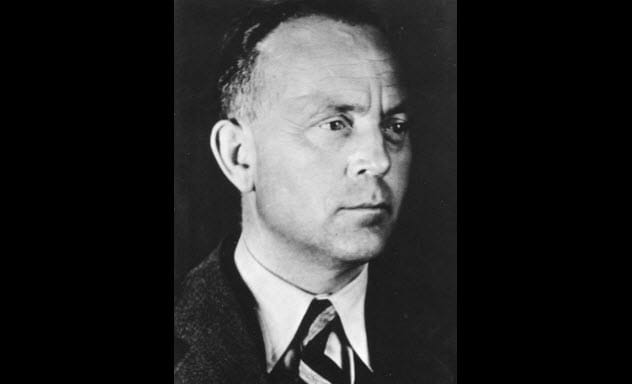
A World War I veteran and qualified pilot, Kurt Tank became a pivotal figure in German aviation. As a leading aircraft designer and test pilot for Focke-Wulf, he transformed the company into a world-class manufacturer. His most notable creations were the Fw 190 fighter and the Fw 200 Condor transport. The Fw 190 was widely regarded as superior to the British Spitfire, becoming one of Germany’s best propeller-driven fighters. The Fw 200, meanwhile, served as both a transport aircraft and a long-range bomber, notorious for its devastation of Allied shipping in the Atlantic. Winston Churchill himself dubbed it the “scourge of the Atlantic.” After the war, Tank continued his career in Argentina and India, designing jet aircraft before returning to Germany as a consultant.
3. Ernst Heinkel
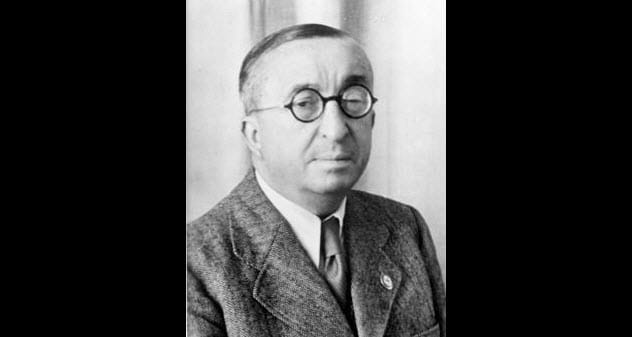
Ernst Heinkel, an early aviation pioneer, founded Heinkel Flugzeugwerke and made significant contributions to aircraft design, even after his first aircraft crashed. He designed record-breaking racing planes and, crucially, the He 178, the world’s first aircraft to fly purely on jet power in 1939, just before the war began. His most famous design during the war was the He 111 bomber, a twin-engine aircraft extensively used during the early blitzkrieg campaigns. Despite his contributions, Heinkel became a critic of the Nazi government, which led to the nationalization of his factories in 1942. Nevertheless, he was a Nazi Party member and utilized slave labor. After the war, he was tried by the Allies but acquitted, partly due to his wartime resistance. He later started a new company manufacturing scooters and small cars.
4. Willy Messerschmitt

Willy Messerschmitt was another key German aircraft designer whose name became synonymous with some of World War II’s most iconic planes. After some early struggles, including bankruptcy, his fortunes changed with the rise of the Nazis. With influential friends within the party, he designed the Bf 109 fighter. This aircraft became a workhorse for the Luftwaffe, famously dueling with British Spitfires during the Battle of Britain. Messerschmitt also designed the Bf 110, a successful twin-engine heavy fighter and night fighter. Perhaps his most technologically advanced contribution was the Me 262, the world’s first operational jet-powered fighter aircraft to see combat. Post-war, Messerschmitt was detained for two years. Prohibited from aircraft production initially, he later returned to designing combat aircraft and missiles for Germany.
5. Robert Lusser

Robert Lusser was an accomplished aircraft engineer and pilot who contributed to several significant Nazi projects. He played a role in designing the Messerschmitt Bf 109 and Bf 110 fighters. However, his most infamous creation came later when he worked for Fieseler: the V-1 flying bomb. This early cruise missile was the first of Hitler’s “vengeance weapons” and was launched in thousands against Britain, causing widespread terror and destruction. After the war, Lusser was recruited by the Allies as part of Operation Paperclip, eventually working in the US space program alongside Wernher von Braun. He later returned to Germany and worked again under Messerschmitt.
6. Hans von Ohain
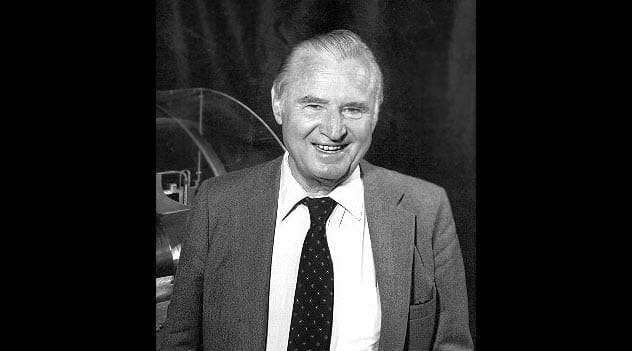
Hans von Ohain was one of the pioneers of jet propulsion. While working at the University of Gottingen, he was recommended to Ernst Heinkel, who sought help in developing jet engines. Ohain joined Heinkel’s company in 1936 and continued his groundbreaking work. This collaboration led to the Heinkel He 178, the world’s first aircraft powered solely by a jet engine, making its first flight in August 1939. Though Ohain did not directly design the Me 262, his successful demonstration of jet engine viability proved crucial for the Nazis to pursue jet aircraft, which were far superior to contemporary propeller-driven planes. After World War II, Ohain moved to the United States, where he became a chief scientist at a US Air Force research laboratory and received numerous accolades for his contributions to aerospace engineering.
7. Walter Thiel
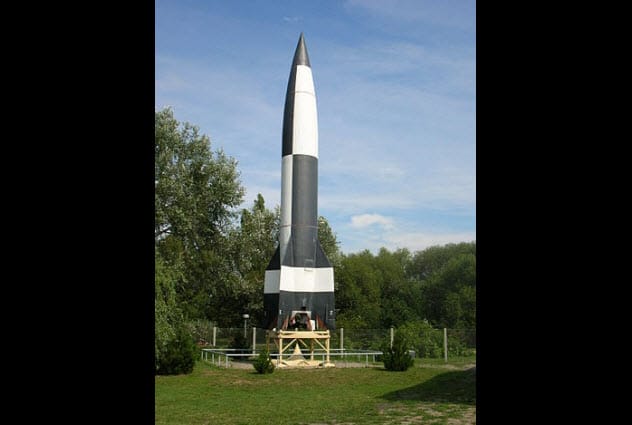
A chemical engineer by training, Walter Thiel played a vital role in the development of the V-2 rocket, Germany’s second “vengeance weapon.” He was recruited in 1936 by Walter Dornberger, head of Germany’s rocket research, and eventually became second-in-command of the program. Thiel’s primary focus was on engine design for the V-2. His innovations resulted in a significantly lighter and shorter engine, and he was instrumental in determining the optimal fuel mixture and simplifying the engine design for mass production. However, by 1943, Thiel grew concerned about inherent design flaws in the V-2 that he believed would hinder its mass production, leading him to submit his resignation. Tragically, just days later, Thiel and his family were killed during a British bombing raid on the Peenemunde research facility.
8. Herbert A. Wagner
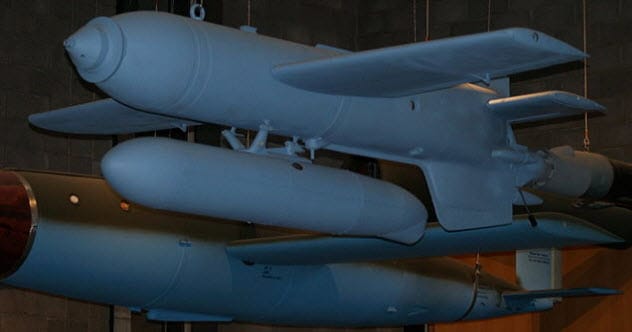
Herbert A. Wagner was an Austrian aerospace engineer whose work for Nazi Germany included advancements in guided missile technology. During the 1930s, he focused on high-altitude aircraft and jet engines. By the 1940s, his efforts shifted to guided missiles. One of his most significant projects was the Hs 293, a rocket-propelled glide bomb. This weapon holds the distinction of being the first operational guided bomb used in warfare. Though primitive by today’s standards, the Hs 293 proved devastatingly effective, sinking approximately 400,000 tons of Allied shipping. After the war, Wagner was among the German scientists taken to the United States. There, he contributed to American military technology, developing radar-guided aircraft systems and guidance systems for antitank missiles.
9. Konrad Zuse
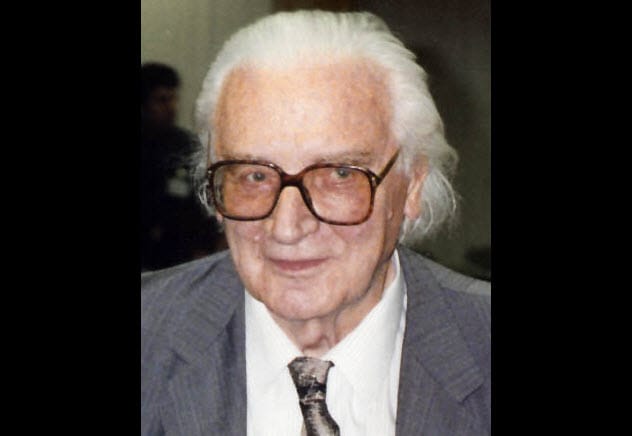
Konrad Zuse stands out as a pioneering figure in the history of computing. Working as an engineer, he built the Z1, often considered the world’s first programmable computer, in his parents’ living room to help with tedious engineering calculations. When World War II began, Zuse avoided military draft by demonstrating the potential of his computing machines to the German army. He then worked for the Third Reich’s Aerodynamics Research Institute, developing more advanced computers, culminating in the Z4. These early computers were intended for complex aerospace calculations. Although the German military eventually cut funding for further development, believing the war was near its end, Zuse’s work laid crucial groundwork for future computer technology. After the war, he smuggled the Z4 into Switzerland and later founded a successful computer manufacturing company.
10. Fritz Todt
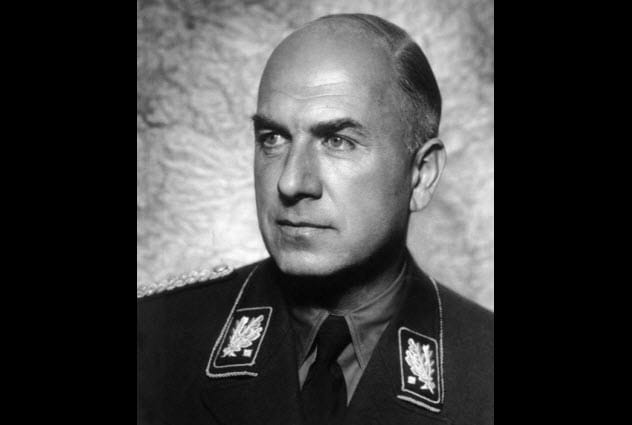
Fritz Todt was an engineer who rose to a position of immense power within the Nazi regime. An early member of the Nazi Party and the SS, Todt’s paper on employment caught Hitler’s attention. After the Nazis seized power, he was appointed to oversee Germany’s ambitious autobahn project. His influence grew, and he eventually became Reich Minister for Armaments and Munitions, and led the Head Office of Technology, effectively controlling large swathes of the German economy and war effort. He founded Organization Todt, a massive engineering group responsible for constructing strategic fortifications like the Atlantic Wall and U-boat pens, notoriously using millions of forced laborers. Despite Hitler’s support, Todt had conflicts with other high-ranking Nazis. He died in a mysterious airplane explosion in 1942, with suspicions of sabotage never fully confirmed.
The advancements driven by these ten individuals highlight a challenging truth: innovation can serve any master. While their scientific and engineering prowess was undeniable, their contributions directly fueled a regime responsible for immense suffering. Their stories serve as a stark reminder of the ethical responsibilities that accompany technological power and the complex legacies left behind when brilliance is applied to destructive ends.
What are your thoughts on the roles these individuals played? Share your perspectives in the comments below.


